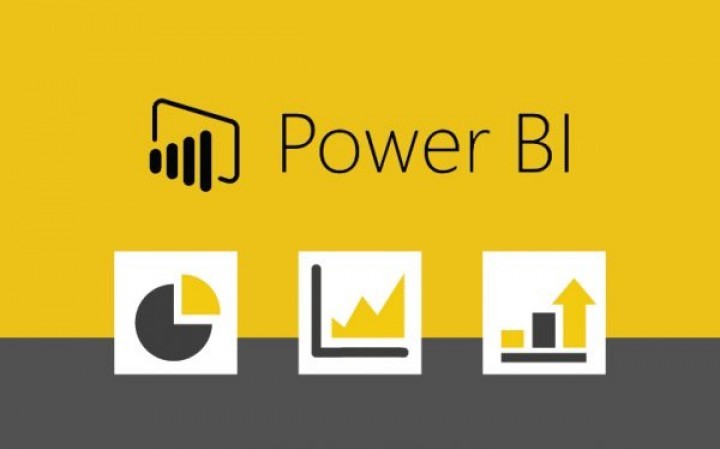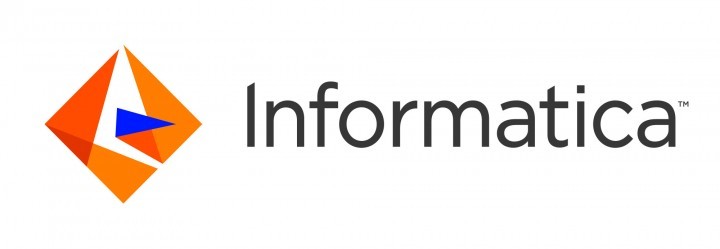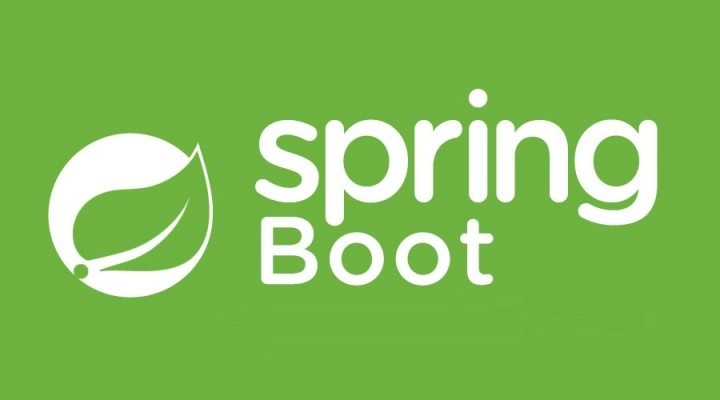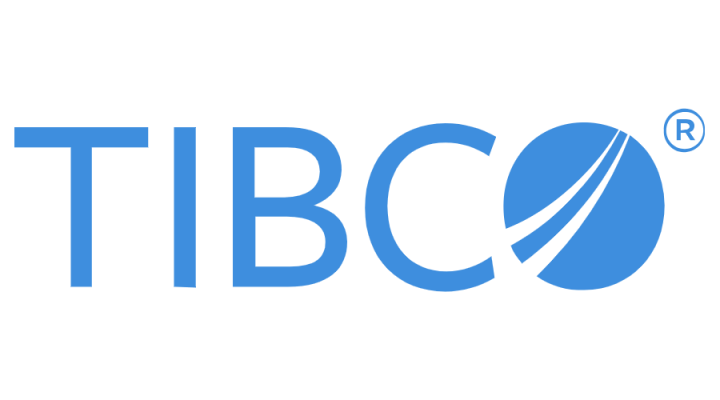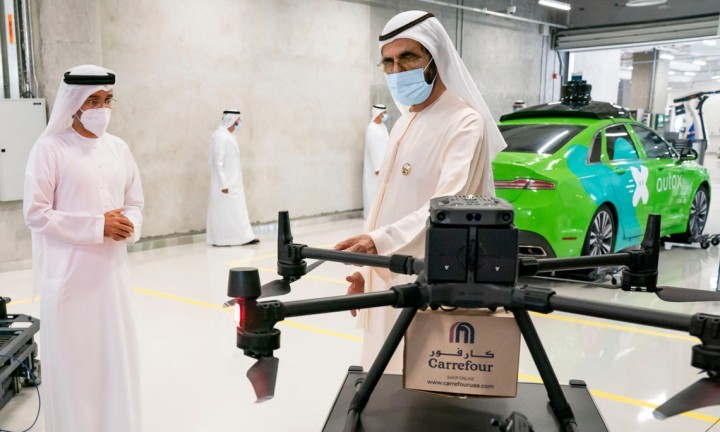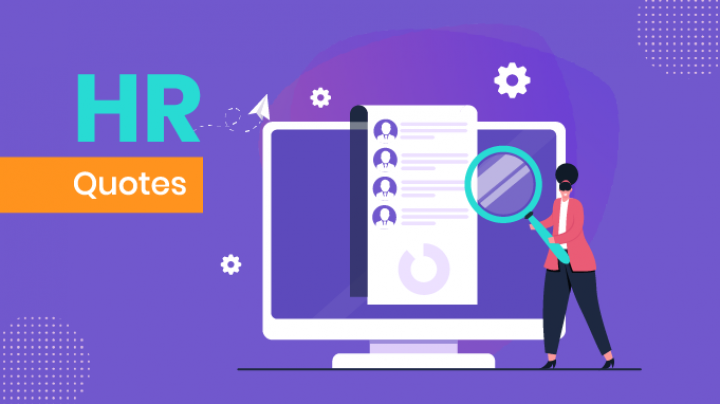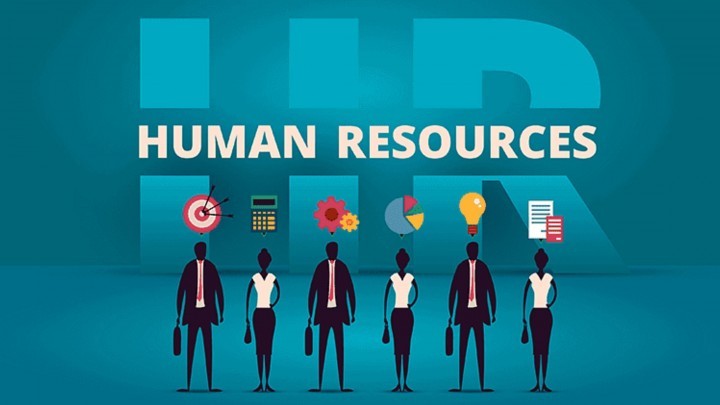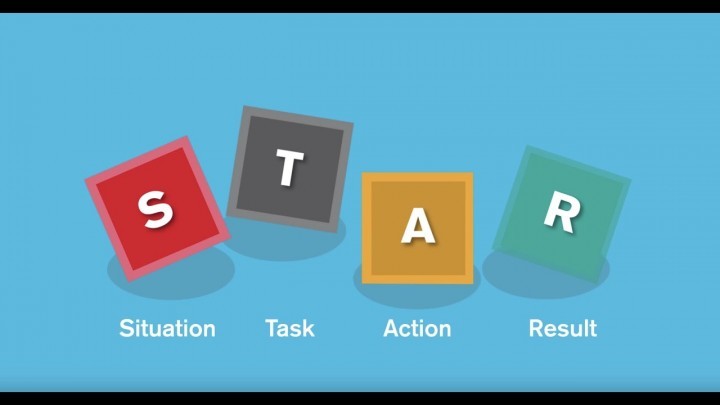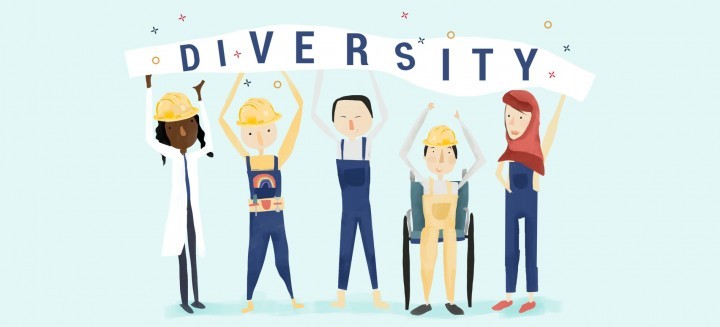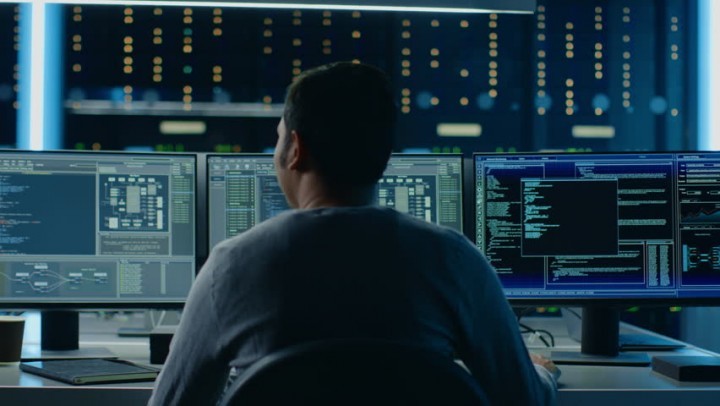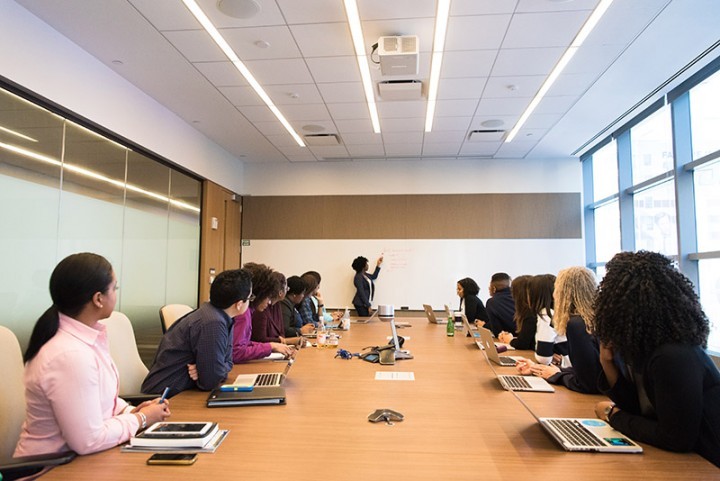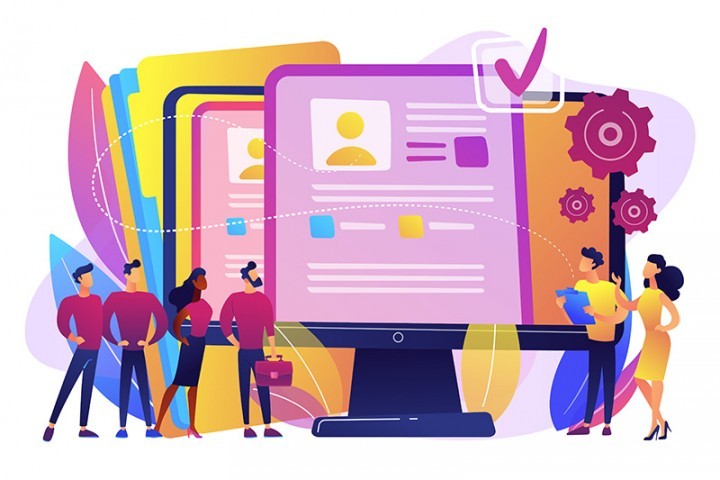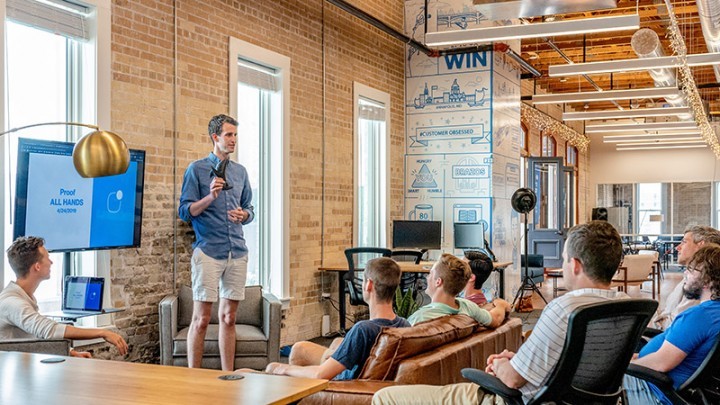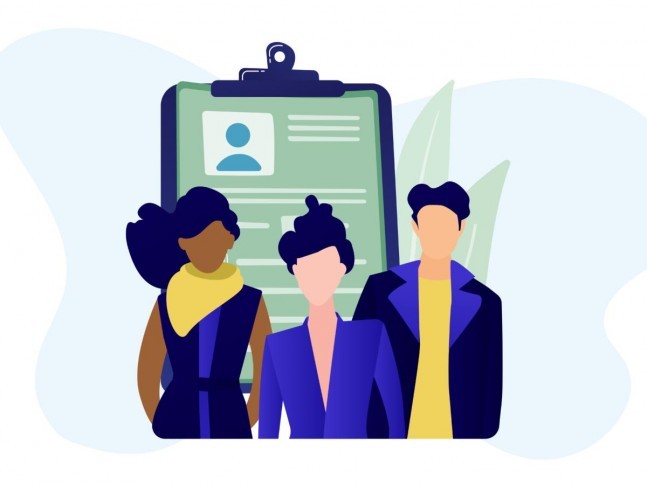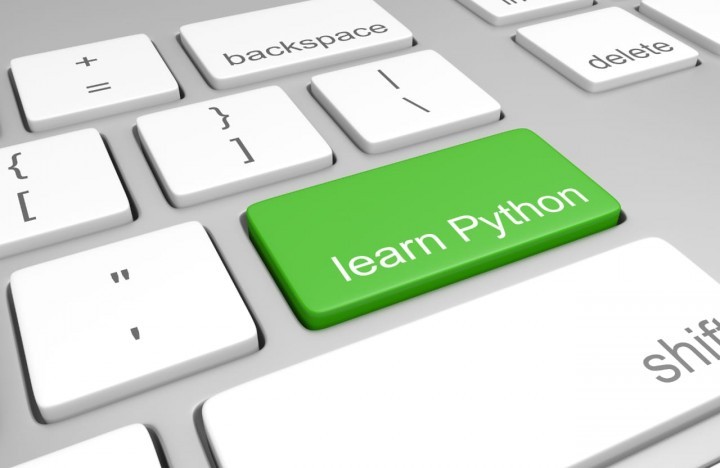
Start Learning Python Today!
We notice and actively avail technology in every aspect of our lifestyle in today’s modern world. With technology being used extensively in major industries, many job roles now seek to hire candidates with programming skills. As Steve Jobs notably said “Everybody should learn to program a computer because it teaches you how to think”.
Programming being one of the most valuable skills nowadays, has got a lot of us thinking how we can learn or expand our knowledge on programming skills. So where can you start? There are a range to choose from low-level programming languages, such as assembly language and machine language to high-level programming languages, like C, C#, and Swift.
Python is one of the best languages for beginners to grasp on first because it offers flexibility and object-oriented features. Many engineers at Google use Python, which has been an essential part of Google since the start and continues to be so as their system evolves. Learning Python can be a good place to kickstart a career in Programming.
So what is Python?
As mentioned earlier, it is an object-oriented programming language that offers dynamic semantics .
It includes features such a dynamic typing and binding, high-level data structures and also other complex features for a more complex application development. Many programmers make use of Phython to create learning algorithms and to develop websites. It is an open source language that contains a range of well maintained libraries and offers frameworks that aid developers in quickly producing full-fledged applications.
Basics
The first step in learning a programming language is finding a way to understand how to learn, that works for you. Why is this important? Programming languages evolve, tools are upgraded and new libraries are often created. Hence, you will have to know how you can learn this language in order to keep up with these changes.
You can start with understanding the fundamentals and basics of python as then you will get a better grasp of the more advanced concepts. Learning your basics well will give you a strong foundation and long term benefits, so take your time and understand it thoroughly. Gradually you will be able to develop your confidence with learning data structures and algorithms. It may be hard at first if you are new to programming, but remember every beginner will start at the same place and face similar problems. Keep a motivated mindset and be dedicated with your learning, this takes us to the next tip!
Practice and Debugging
After getting your basics right, the next thing is consistency which is important with learning any new programming language. To achieve this you need to practice as often as you can, preferably everyday. This will help you build your familiarity and your muscle memory in coding with Python. Committing to code everyday will expose you to new problems and hence develop your problem solving-skills.
Finding bugs in your code when you start writing programs is inevitable. You should follow a methodological approach to help you debug. You can do this by systematically going through your code in its order making sure that each part functions properly. Once you figure out where things aren’t working out in your code you can use a Python Debugger. This built-in debugger is called PDB. You can place the following line of code into your script import pdb; pdb.set_trace() and run it or from the command line with python -m pdb .
Write on Paper
Writing down your code on paper is one of the best ways to learn how to program. Taking notes by hand rather than typing them on a computer also helps develop your long-term concept retention. This method will help you quickly acquaint yourself with the Python Syntax. If you are looking for a career in programming, many interviews will ask you to write down codes on a test sheet or a whiteboard. So get your writing practice done!
Syntax errors are usually picked up and automatically highlighted on the Python editor, hence these are easily rectifiable and doesn’t allow you to pay enough attention to them. Writing by hand helps you memorise key functions and also helps you plan your code before plugging it on the computer.
Take Breaks
It is important to grasp the concepts as much as you can and keep practicing, but it is also equally important to take a step back and have break to refresh your mind. You could use the Pomodoro technique to help you. Traditionally, it refers to working and being attentive to your work for twenty-five minutes and then taking a short break. This process is then repeated.
Find a pattern that works for you and also the time of the day you feel more motivated to do work. You can capitalise on those times and get the hardest part of your work out of the way. Especially when trying to absorb new information or stuck on a code, it is vital to take breaks for programmers to take strategic breaks. If you encounter a bug, taking a break will calm yourself and help you tackle with a more fresh perspective later. You must always make sure to follow the rules of language and logic, because even a single missed question mark can throw your code off.
Open Source and Collaborate
One way to create a valuable learning experience would be to contribute to an open source. It is a great way, since software code is available publicly and can be contributed to by anyone in the open source model. It enables you to be a part of the programming community and engage with people who have shared interests as you. It will help you learn new concepts and also teach new things to others on this shared platform. You will also be able to further develop your practice and draw conclusions by reading the codes of other people.
Another way to effectively practice is by collaborating with another fellow programmer. The method of pair programming involves two developers working on a task together to accomplish a goal. One of them can be the person who writes the code while the other has to review it, check for any errors and if any, propose viable solutions. They both can switch between these roles to get the benefits of both sides. This method allows you to view how other people find solutions to a problem in coding, hence exposes you to multiple ways of new thinking.



